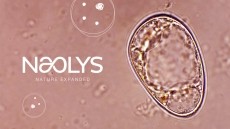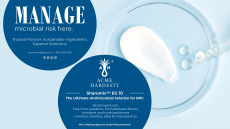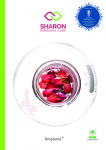Cooking oil waste may become next generation biosurfactants
could be used to develop the next generation of biosurfactants for
skin care products, according to a new study.
Research carried out by the Dowling College in New York, shows that technology could be used to process the used cooking oil to produce an inexpensive compound used for producing such biosurfactants. According to Vishal Shah, who is heading up the research at the college, restaurants in the US currently generate about 25 billion gallons of waste cooking oil each week. Until now this kind of bi-product has been marketed as 'yellow grease', used as feed for cattle. But with supply outweighing demand, scientists have been busying themselves to try and find other uses for the waste. Developments such as the biosurfactant would not only help to make such ingredients cheaper to produce for the cosmetics industry, it would also help to alleviate the significant sums restaurants must invest each year in the environmentally friendly disposal of the used oil - a win-win situation for both industries. The surfactants family of chemicals is used in personal care products primarily as a wetting agent to lower the surface tension of a liquid, making it easier to spread and to combine with other liquids. They appear in a spectrum of cosmetic and personal care products, from soaps and shampoos to every type of cream and lotion. The rise in popularity of this family of chemicals is chiefly attributed to the personal care sector because of increasingly innovative formulations that are focused on functionality, efficacity and desirable textures. "We have successfully demonstrated the use of restaurant waste oil as a potential low-cost lipid feedstock for sophorolipid production," stated the report, which is due to be published in the April 9 issue of the ACS bi-monthly journal Biotechnology Progress. "This method of waste oil disposal has the advantage of producing a value-added commercially viable byproduct," the report adds.












